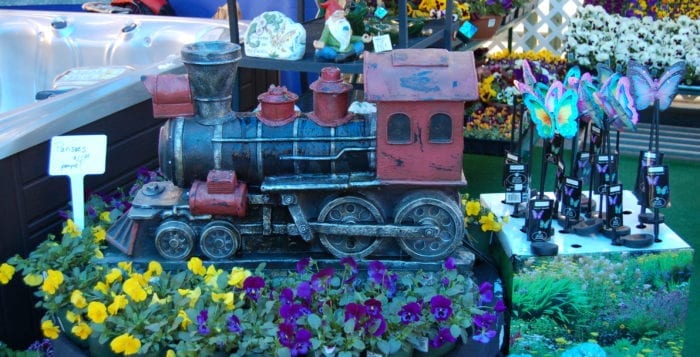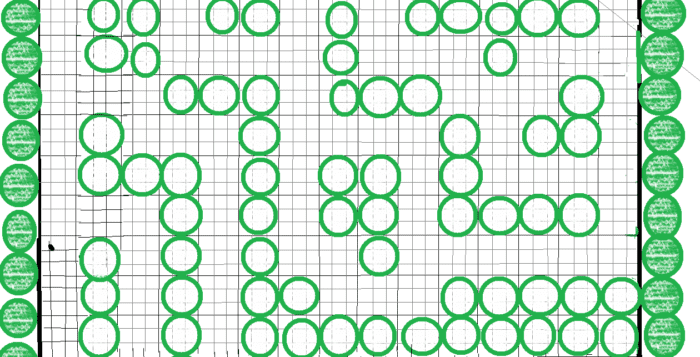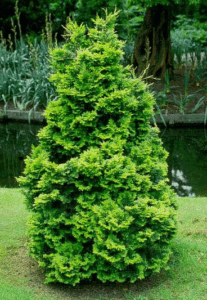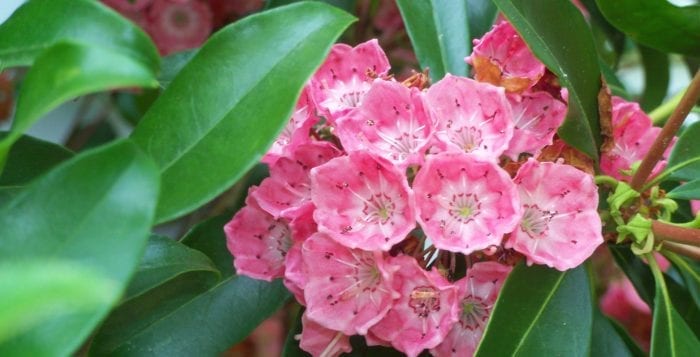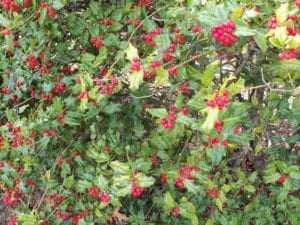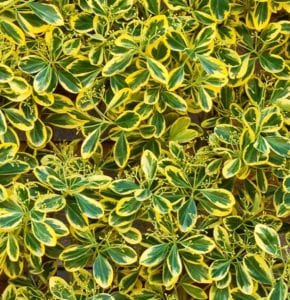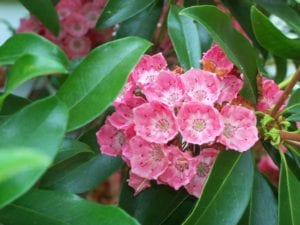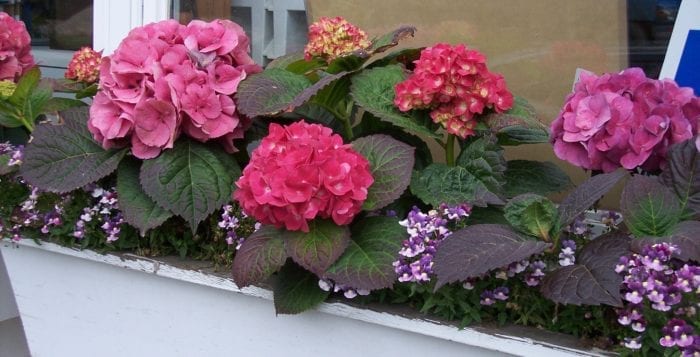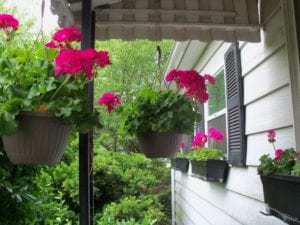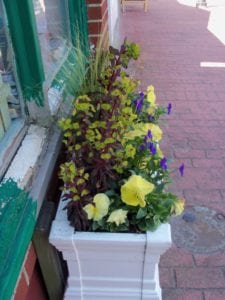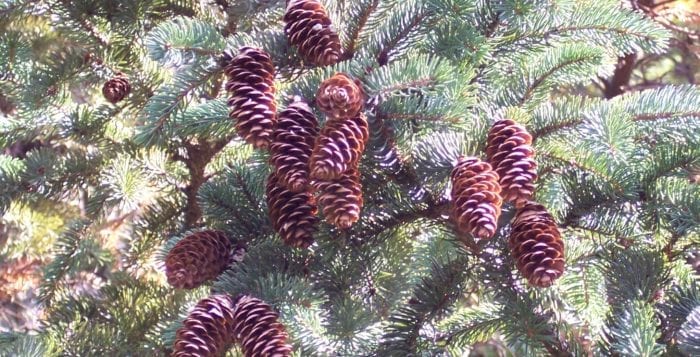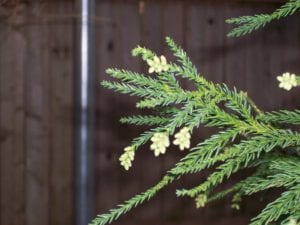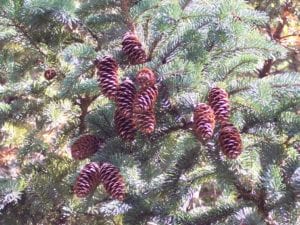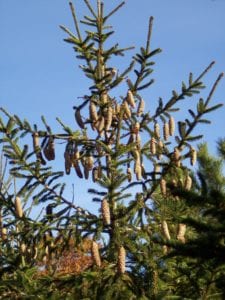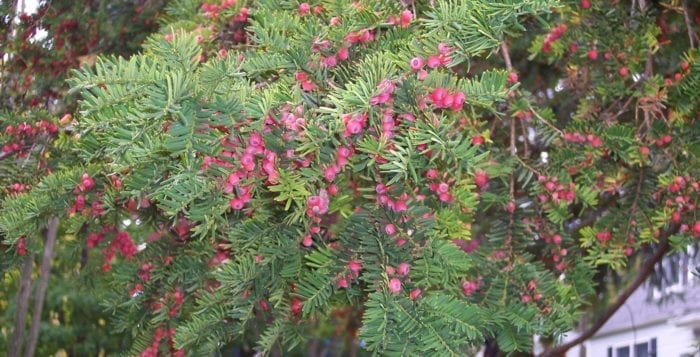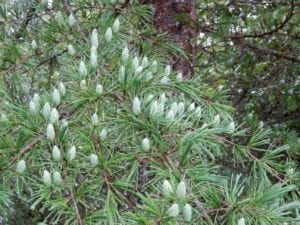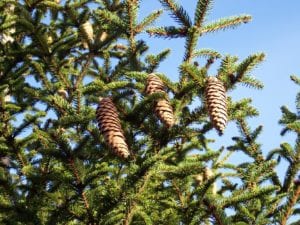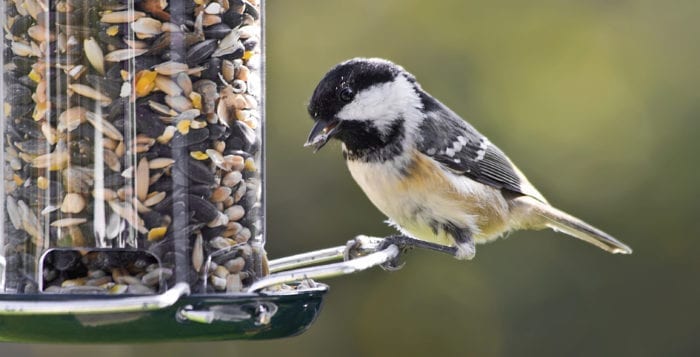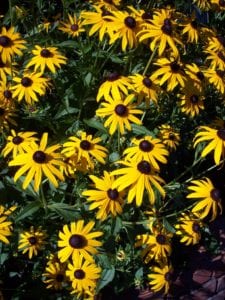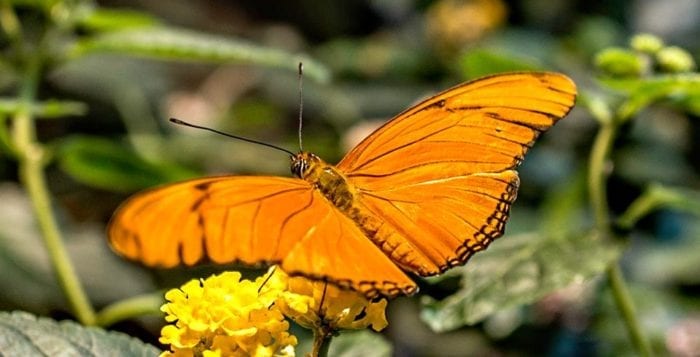Highway Superintendent Daniel P. Losquadro (R) recently announced the return of the annual Brookhaven Town Home & Garden Show, benefiting the Holtsville Ecology Site. The show, which will once again run for two weekends, will kick off on March 25. The event will feature dozens of vendor exhibits including landscaping, garden centers, awnings, stonework, driveways, garden structures, sprinklers, siding and windows, interior décor, gutters and more.
“After a long winter, residents are always eager to come out and enjoy the wide array of home improvement ideas our vendors have on display,” said Losquadro, adding, “The Home & Garden Show is a wonderful opportunity for residents to support local businesses and reinvest in our local economy. From building outdoor fireplaces and getting more creative with landscaping design to replacing fencing and walkways or even putting in a hot tub, the Home & Garden Show features some innovative ways to enhance your home, garden and property this spring.”
In addition, with paid admission, visitors can participate in free educational workshops and hands-on classes. Workshops for adults include flower arranging, an introduction to beekeeping, organic tree care and composting. Children can learn about recycling, plant care, water conservation and make a craft. Classes and workshops are subject to change — a comprehensive schedule of seminars will be available at www.brookhavenny.gov as the event nears.
The show will run on March 25 and April 1 from 11 a.m. to 6 p.m. and March 26 and April 2 from 11 a.m. to 5 p.m. The cost of admission is $6 for adults, children 16 and under are free. Parking is free, as is the opportunity to walk through the animal preserve, which is home to more than 100 injured or non-releasable wild and farm animals and will be open on Saturday and Sunday from 11 a.m. to 5 p.m.
“All proceeds from this event will be used to benefit the Holtsville Ecology Site, one of our Town’s hidden gems,” Losquadro continued. “Over the years, so many families have enjoyed and appreciated all the Ecology Site has to offer. Investing the proceeds from this event directly back into the Ecology Site will help to ensure there is adequate funding to support its continued operations.”
The Town of Brookhaven’s Ecology Site is located at 249 Buckley Road in Holtsville. For further information, call 631-758-9664, ext. 18.
Update: Spring craft and storytime
Cindy Sommers, author of “Saving Kate’s Flowers,” will be at the Town of Brookhaven’s Home & Garden Show on March 25, 26 and April 1 at 11:30 a.m., 1, 2:30 and 4 p.m. and on April 2 at 2:30 and 4 p.m. Sommers will read from her book and help the children make a spring craft. Free with admission to the Home & Garden Show.

